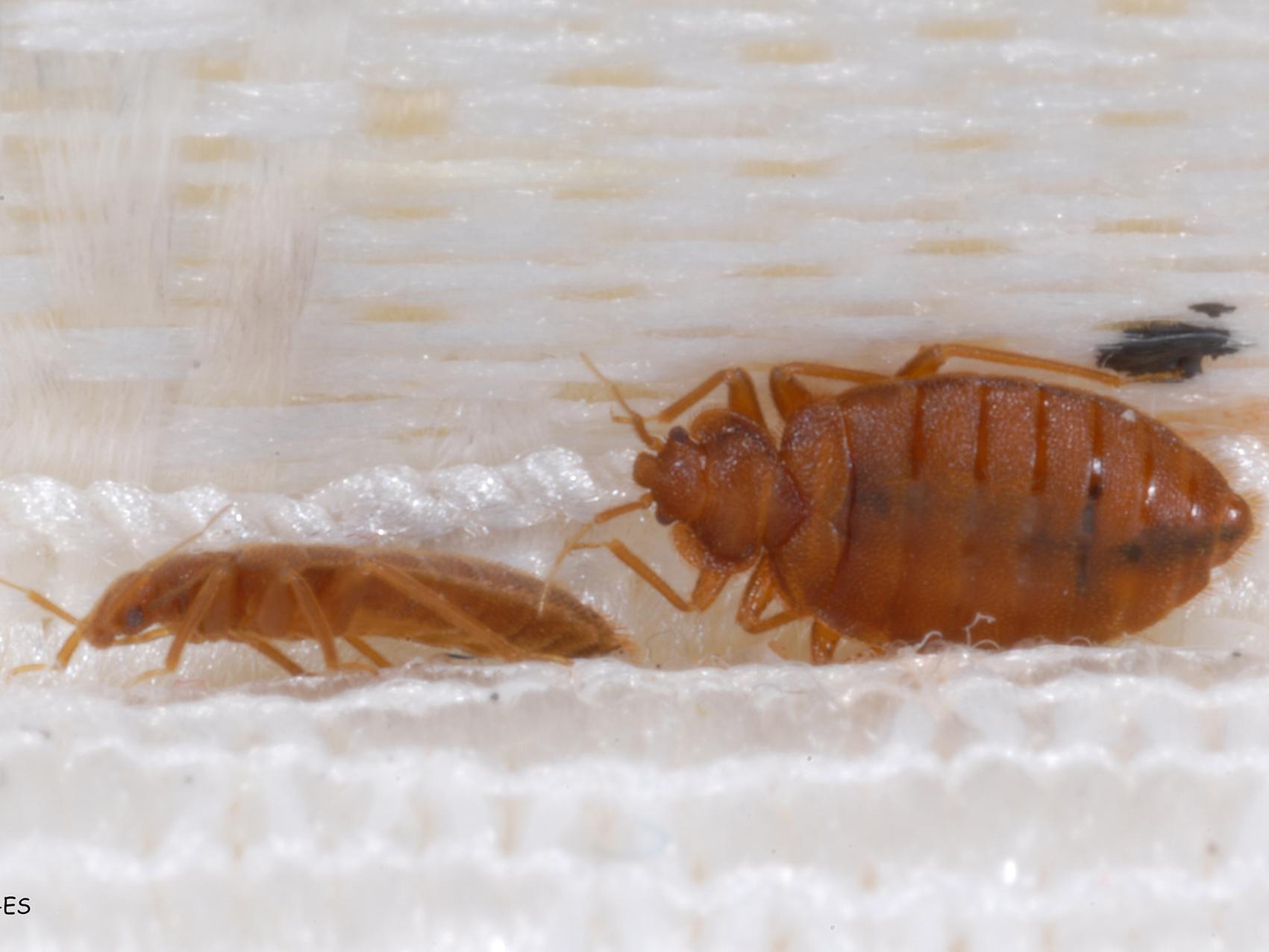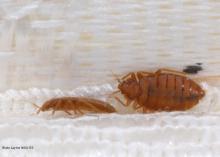Information Possibly Outdated
The information presented on this page was originally released on February 15, 2017. It may not be outdated, but please search our site for more current information. If you plan to quote or reference this information in a publication, please check with the Extension specialist or author before proceeding.
Prevention is best way to battle bed bugs
STARKVILLE, Miss. -- Housecleaning and decluttering efforts can go a long way in preventing home-invading bed bugs from setting up residence where they can feed at night on human hosts.
Bed bugs are nuisance pests that often live, as their name suggests, in beds. Once the bugs are introduced into a home, their extermination requires professional services. The Mississippi State University Extension Service, through the Healthy Homes Initiative, is equipping residents with the knowledge to keep this problem out of their houses.
David Buys, Extension health specialist and Mississippi Agricultural and Forestry Experiment Station researcher, said bed bugs live in places where there is clutter. Prevention is better than eliminating a bed bug problem.
“We are here to educate you on what you can do to prevent a bed bug problem and what you can do to get rid of them if you find a problem in your house,” Buys said.
Regular pest control and decluttering are important parts of prevention, along with washing bed sheets regularly with hot water. When visiting a hotel, place luggage on the bathroom sink and check the room for evidence of bed bugs, even in an expensive hotel.
“Pull back the sheets and check the mattress and box springs for live bed bugs or black fecal spots,” Buys said. “Check behind pictures hanging on the walls and behind the headboard if possible. Request another room if you see suspicious signs of infestation.”
Jerome Goddard, Extension entomologist, said bed bugs are commonly found in homes in beds and in and around couches where people spend a lot of time.
“They hide in cracks and crevices, come out and feed, and then go back in hiding,” Goddard said. “It only takes about five minutes for them to feed, and most people don’t even feel it.”
Goddard described bed bugs as bloodsucking insects that feed only on humans or animals. They are chestnut brown with six legs and no wings. They have a proboscis, an elongated, tubular mouthpart, through which they suck blood. Adults are about as big as an apple seed, and babies are much smaller.
“They can multiply in houses, especially if people don’t realize they’re being bitten,” he said.
Bed bugs are not known to transmit diseases, but they do cause irritation, nuisance and emotional stress, Goddard said.
Bed bugs can enter the house on luggage placed in an infected room, but they also can enter on used furniture or goods purchased in secondhand stores or garage sales. Washing items in hot water and drying them at high heat can provide protection against bed bugs.
But if these insects do infest a house, professional help is needed.
“Products you might find in stores that claim to kill bed bugs won’t work,” Goddard said. “They’re too complex and complicated. You should call a pest exterminator to come take care of the problem. It costs a lot of money, which is why it has become a social justice issue. The very poor can’t get rid of bed bugs, but the rich easily can.”
MSU Extension Service Publication 2546, “Bed Bugs and What to Do about Them,” is available online at http://www.extension.msstate.edu/publications.
MSU Extension is a partner of the Healthy Homes Initiative, delivering education to improve the health of families, homes and communities. The initiative is a program of the USDA National Institute of Food and Agriculture. For more information or to request a workshop about keeping homes healthy, visit the Extension website at http://extension.msstate.edu/hhi.







